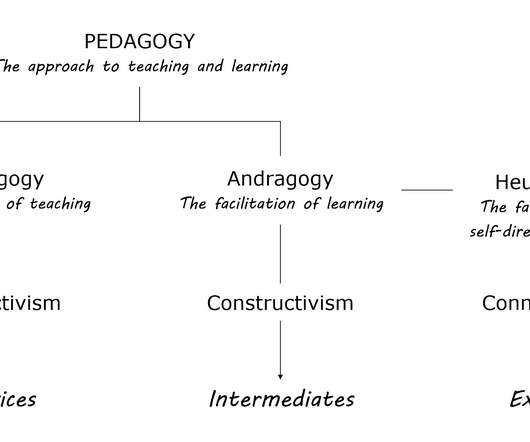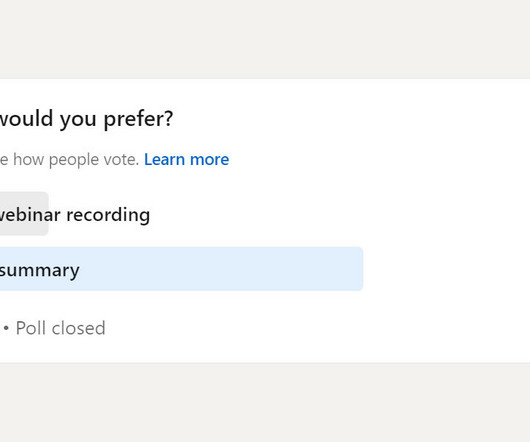The relationship between learning and performance support
E-Learning Provocateur
NOVEMBER 18, 2014
Jane is a renowned advocate of performance support in the workplace, and I wonder what she’ll make of my latest musing. While much of Jane’s work exposes the difference between training and performance support – and implores us to do less of the former in favour of the latter – my post here does not.










































Let's personalize your content